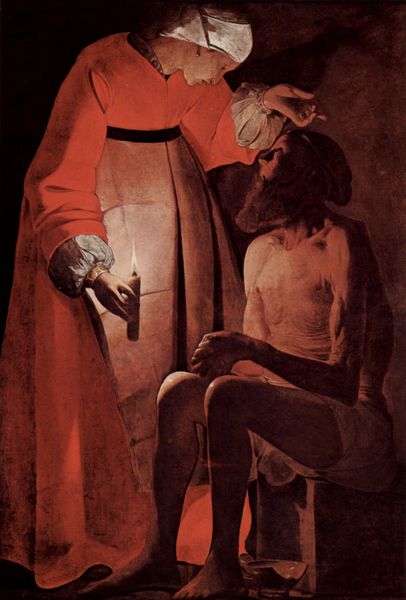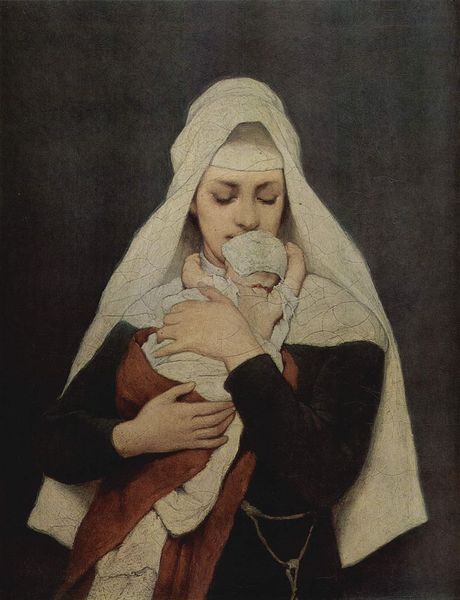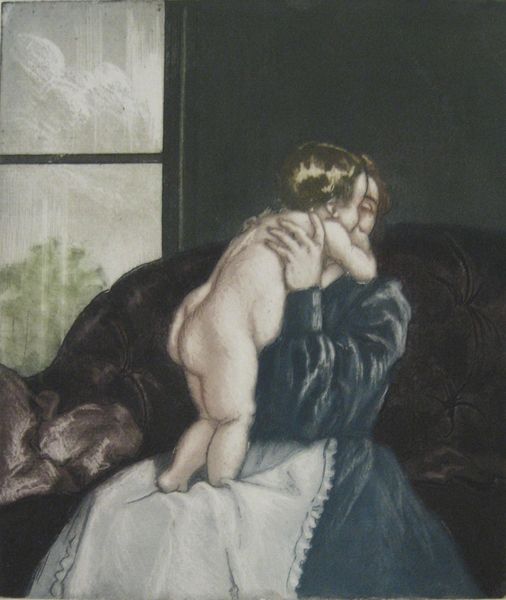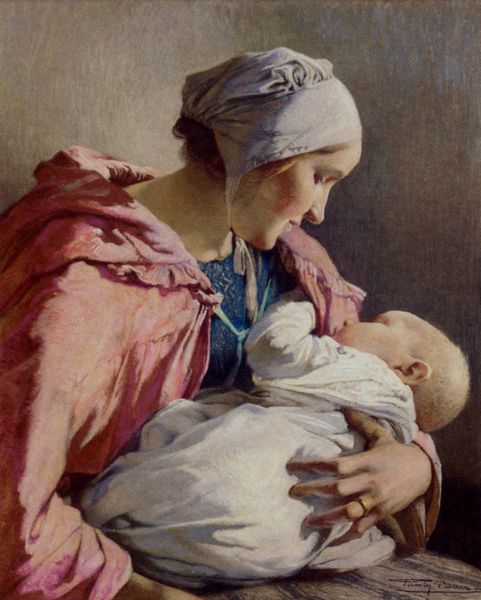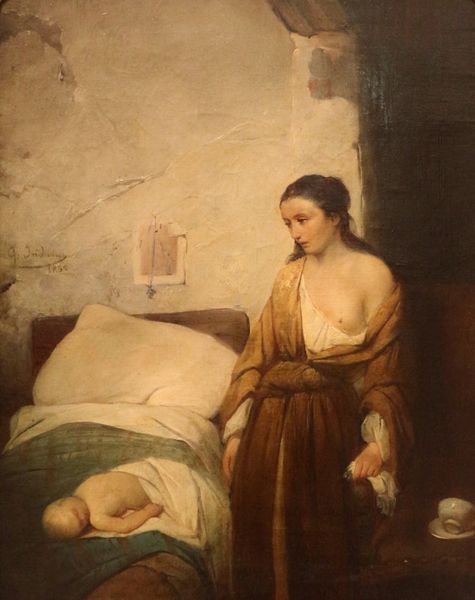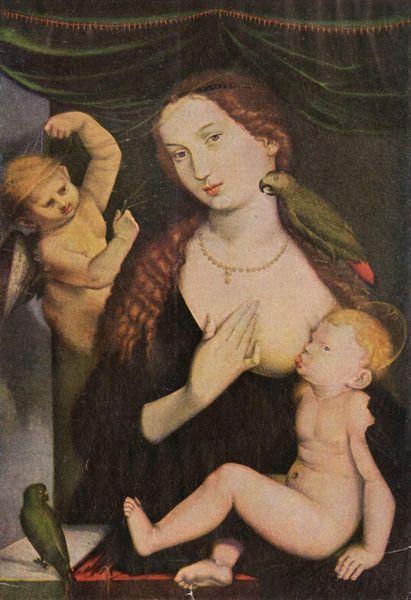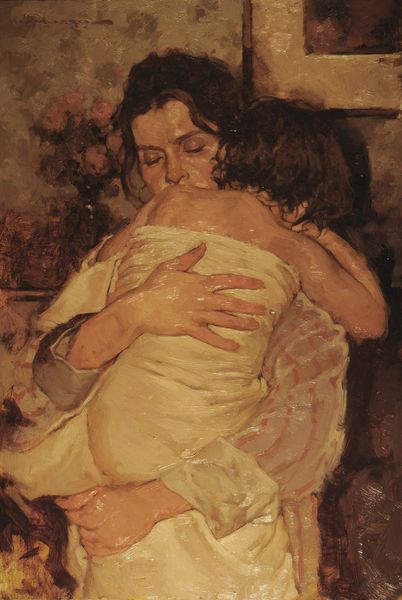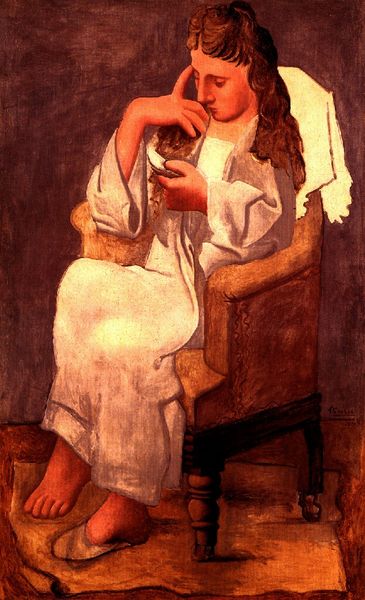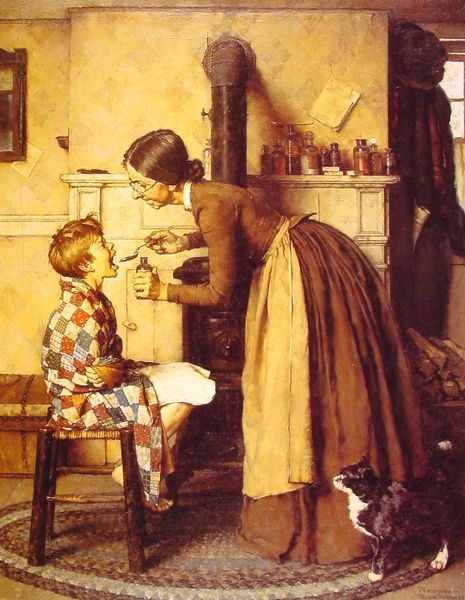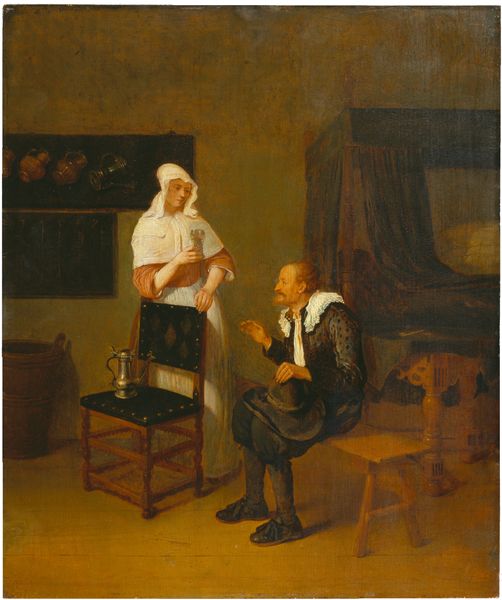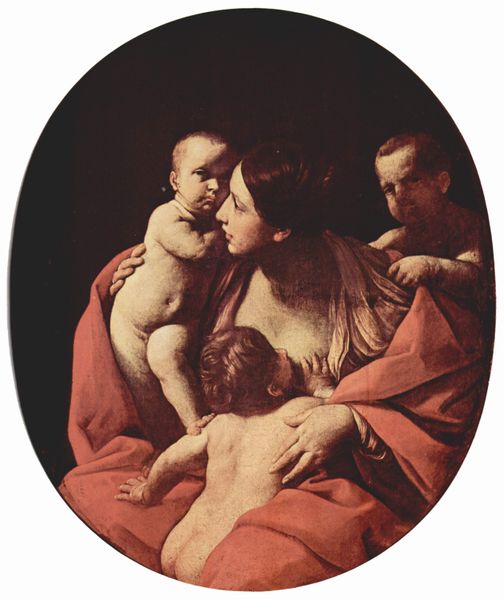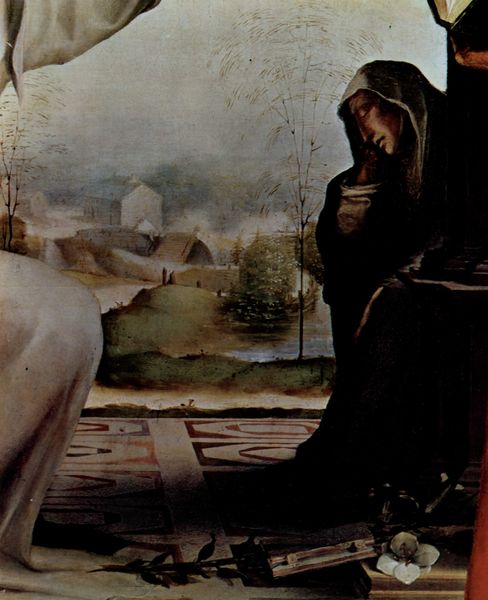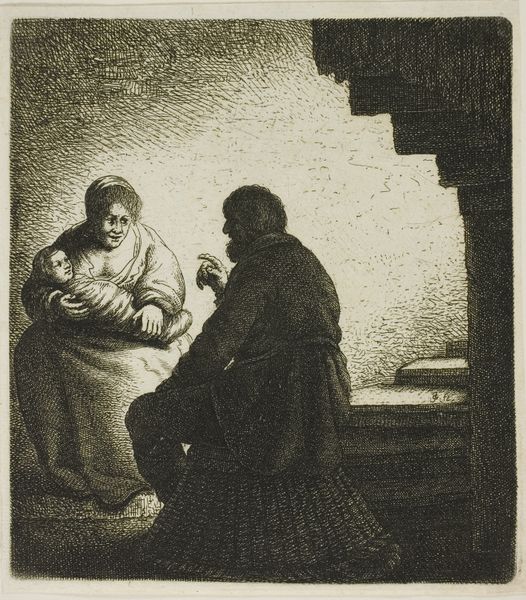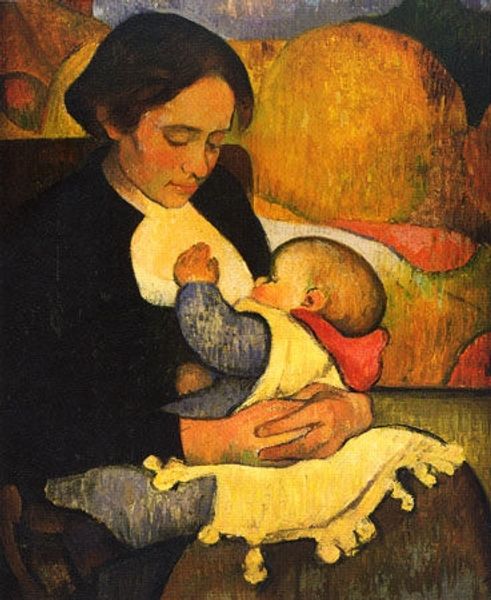
oil-paint
#
portrait
#
baroque
#
oil-paint
#
charcoal drawing
#
costume
#
chiaroscuro
#
human
#
genre-painting
#
nude
Copyright: Public domain
Curator: Georges de la Tour's "Woman Catching a Flea," created around 1638, immediately strikes one as both intimate and strangely unsettling, wouldn't you agree? Editor: Absolutely. The tenebrism—the stark contrast between light and shadow—throws everything into sharp relief. It almost feels like a voyeuristic peek into a private, mundane moment, yet elevated to something… charged. Curator: Indeed. La Tour’s work often engages with genre painting, elevating these everyday scenes. Consider the socio-economic implications: such intimate depictions of ordinary life became increasingly common as a way for the bourgeois class to connect with their own realities in the face of the elite’s artistic priorities. Editor: I see her illuminated by a single candle. The flame itself acts almost as a halo, casting the rest of the scene into deep shadow, imbuing a sense of sacredness, perhaps even martyrdom to an everyday act. The flea, though unseen, is somehow symbolic of struggle and vulnerability. Curator: Perhaps of the inherent challenges and suffering endured by common people at this time. Beyond the immediacy of personal hygiene, her searching for a flea might reflect an underlying concern for poverty and sanitation in the 17th century. These concerns were, more often than not, amplified and felt mostly in the lower economic stratums of the French population at that time. Editor: And this seemingly small act is filled with such potent cultural memory! Fleas, throughout history, have been associated with not just discomfort but also disease and societal collapse, right? To depict it with such gravity forces us to reflect on these historical associations. Curator: Precisely! By grounding the visual narrative in an object as diminutive as a flea, de la Tour compels the viewers to recognize its significant potential. Editor: I leave this viewing struck by how much importance, symbolism, and gravity a single flame and common itch could come to convey about the lives of people that lived so long ago. Curator: It speaks volumes, even today, about our shared human condition.
Comments
No comments
Be the first to comment and join the conversation on the ultimate creative platform.
